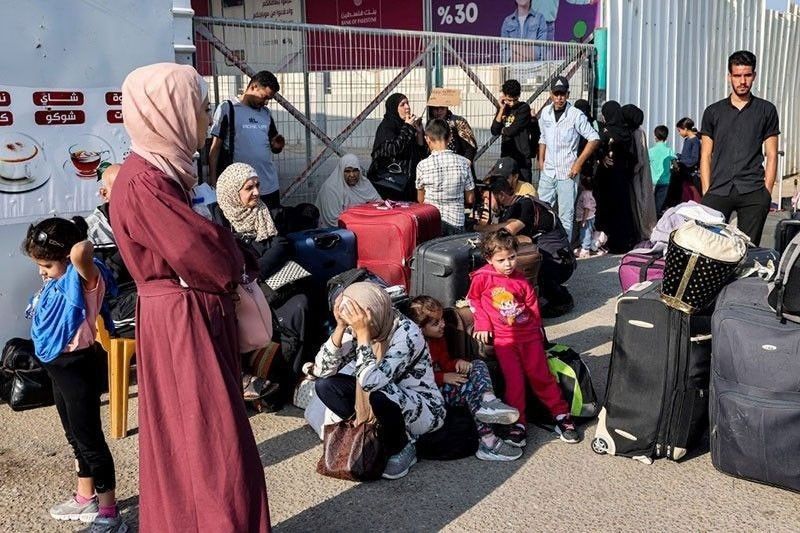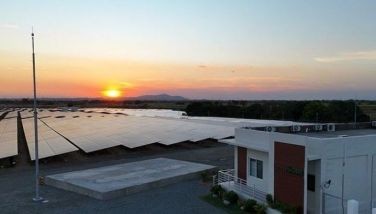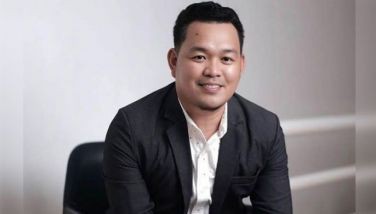Filipino doctors


Two Filipino doctors were among the first to leave Gaza after the border crossing with Egypt was opened. Doctors Darwin Dela Cruz and Regidor Esguerra from the international aid group Medecins Sans Frontieres (Doctors Without Borders) are in Cairo while awaiting their new assignments.
I am sure they are not the only Filipinos working with the international volunteer group that serves in dangerous areas, particularly during times of war and calamities. Some of us may wonder why Filipino doctors would rather work as international volunteers when our country’s hinterlands are pretty much disaster areas in need of their services.
Many of those who choose to become doctors have this missionary zeal embedded in their hearts. Indeed, there was the late Dr. Bobby dela Paz, a UP graduate, who gave up a promising medical practice in Metro Manila to work in poverty-stricken Samar.
No good deed goes unpunished in our country. Dr. dela Paz was killed, a victim of the anti-insurgency operations. He was most likely treating rebels with medical issues and was then suspected of being a communist sympathizer. So, idealistic new doctors who want to serve humanity think of Dr. dela Paz and realize it is safer to work for Doctors Without Borders abroad.
Then, there was Dr. Dreyfus Perlas, a young volunteer for Doctors to the Barrios who served as Municipal Health Officer in Sapad, Lanao del Norte in Mindanao, and was killed by an assassin riding in a motorcycle.
Indeed, Doctors Without Borders should be sending doctors here because our poorest areas are in grave need of medical services. But I heard they are not welcome to work here as volunteers because local doctors are very protective of their turf. In fact, even Fil-Am doctors who want to do medical missions here are given a tough time getting the permission to do so by the DOH.
That is strange because there are only four doctors for every 10,000 Filipinos. And since most of our doctors are in the urban areas, many Filipinos don’t ever get to see a doctor and are left to the tender care of the traditional albularyos.
DOH Undersecretary Maria Rosario Vergeire told a House panel that we need around 114,000 physicians and 127,000 nurses to be able to provide optimal healthcare. The Philippines will only be able to fill the gap in nurses and doctors after around 12 and 23 years, respectively, the DOH official said.
“Annually, we graduate a total of 4,378 new physicians. For nurses, we produce around 10,635 on average per year,” the DOH official revealed.
The situation is bad even in Metro Manila government hospitals, so the DOH announced a plan granting a temporary license to nursing graduates who have not passed the board exams to help fill 4,500 urgently-needed positions in government hospitals.
DOH Secretary Teodoro Herbosa argued that granting the temporary license is necessary as hospitals are reducing their bed capacities due to inability to meet nurse-to-patient ratios.
Sen. Francis Tolentino said the shortage of doctors is now a critical challenge. He urged the Professional Regulation Commission and members of Congress “to open their minds” by allowing the amendment of Republic Act 8981 or the PRC Modernization Act of 2000 to authorize foreign licensed doctors to practice locally in various parts of the country. Last July, Indonesia passed a Health Bill that allows foreign doctors to practice in the country for the same reason.
The senator explained that foreign doctors “can strategically be placed in the underserved areas, providing the much-needed medical services,” especially in long-neglected communities. He added that constructing additional health facilities is useless if we don’t have enough doctors to serve there.
Tolentino’s proposal goes against the very protectionist attitude of the local medical establishment. Even Fil-Am doctors who have previously passed our local boards, but have since practiced in the US, are not allowed to see patients here.
Fil-Am doctors who have retired from their US practice and are thinking of retiring here have been given the impression that they are not welcome. Their US specialty board certifications are not recognized here.
I have only heard of one Fil-Am pediatrician who successfully managed to retire in Iloilo, but I am not sure if he is seeing patients or is just teaching and writing columns for a local newspaper. Fil-Am doctors have been accused of abandoning the country for a good life in the US, but many of them want to give back to the country if only they are welcome to do so.
Actually, Fil-Am doctors have a wealth of knowledge and experience that could be shared with our local medical community. This is particularly helpful for our doctors in the provinces who want to be updated on the latest developments in medicine. They are a resource we ought to take advantage of.
I have heard stories of Fil-Am doctors who tried to re-establish themselves here, but were forced to go back to the US. Not only are they unwelcome, they found the local practices so different from what they are comfortable with in the US.
But one Fil-Am doctor is undaunted. Dr. Juan Montero II said: “From my vantage point of having been involved with colleague Fil-Am expatriates through APPA (Association of PH Physicians in America) and SPSA (Society of PH Surgeons in America), the majority are still hoping for the homeland to welcome them with no stringent restrictions in their efforts to Give Back. This should be a no-brainer.”
Dr. Juanny was apparently working with Dr. Teddy Herbosa, the current DOH Secretary, even before his appointment to DOH to help local healthcare efforts. Maybe DOH would be more understanding this time.
Dr. Montero suggests: “Congress should pass a law to create incentives for business corporations/wealthy philanthropists to partner with NGOs, domestic and foreign that start Free Clinics focused on the indigents.”
Dr. Montero is right. Our rich folks and conglomerates should sponsor free clinics. We should also encourage overseas Pinoy doctors to give back to the country that trained them to be doctors. A blue passport doesn’t change the Pinoy hearts among our kababayans abroad, so let us not reject their offers to help.
Boo Chanco’s email address is bchanco@gmail.com. Follow himon X or Twitter @boochanco
- Latest
- Trending






















